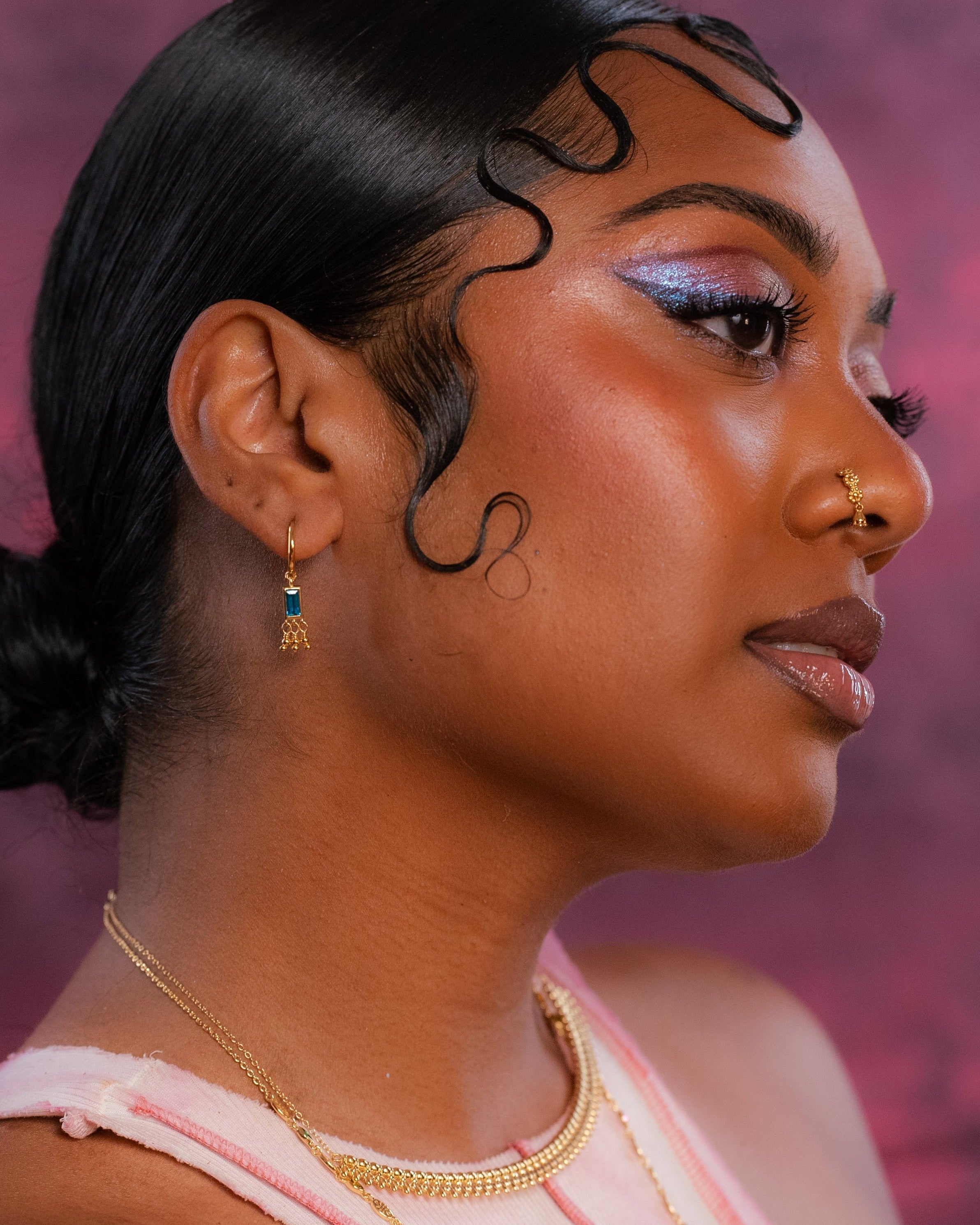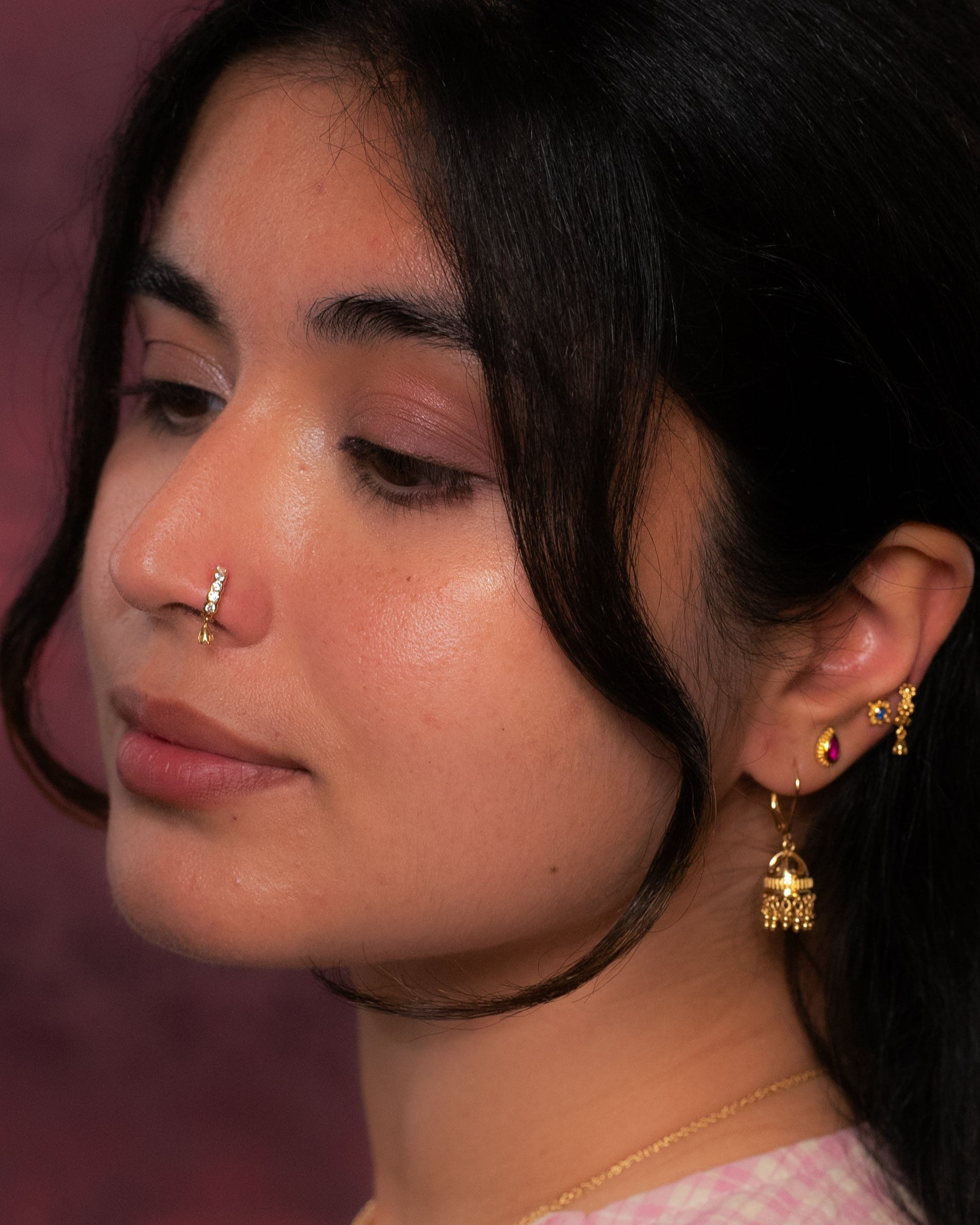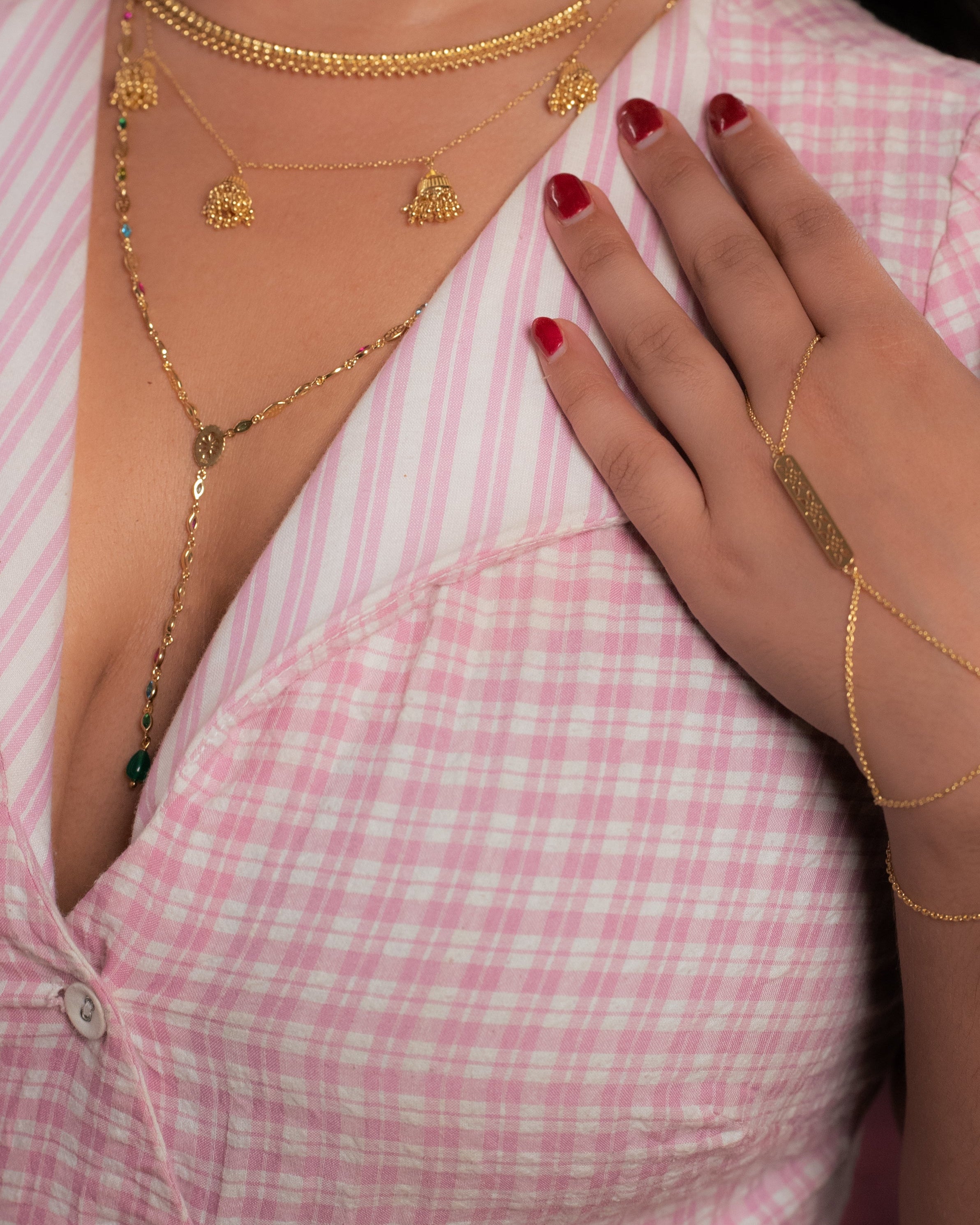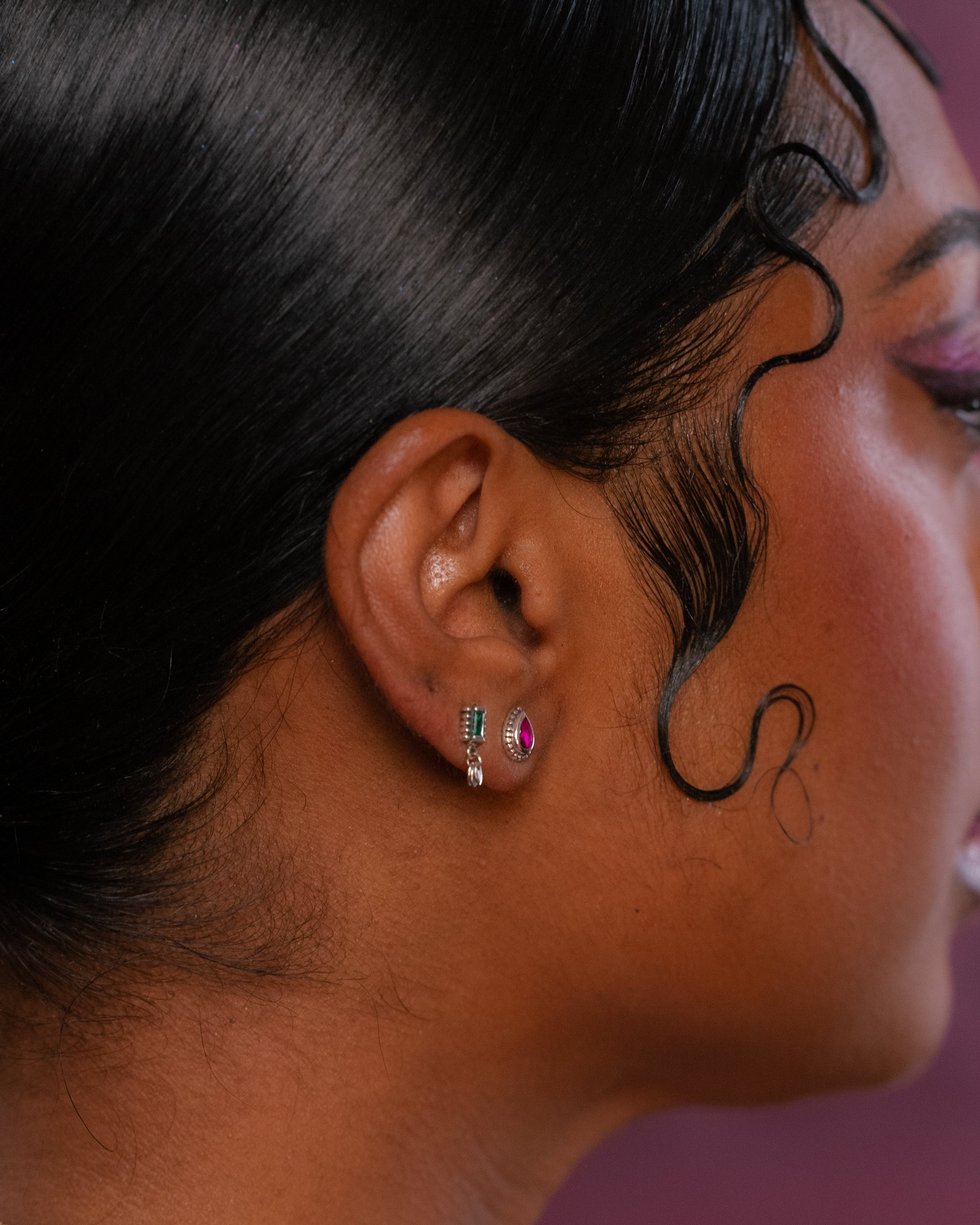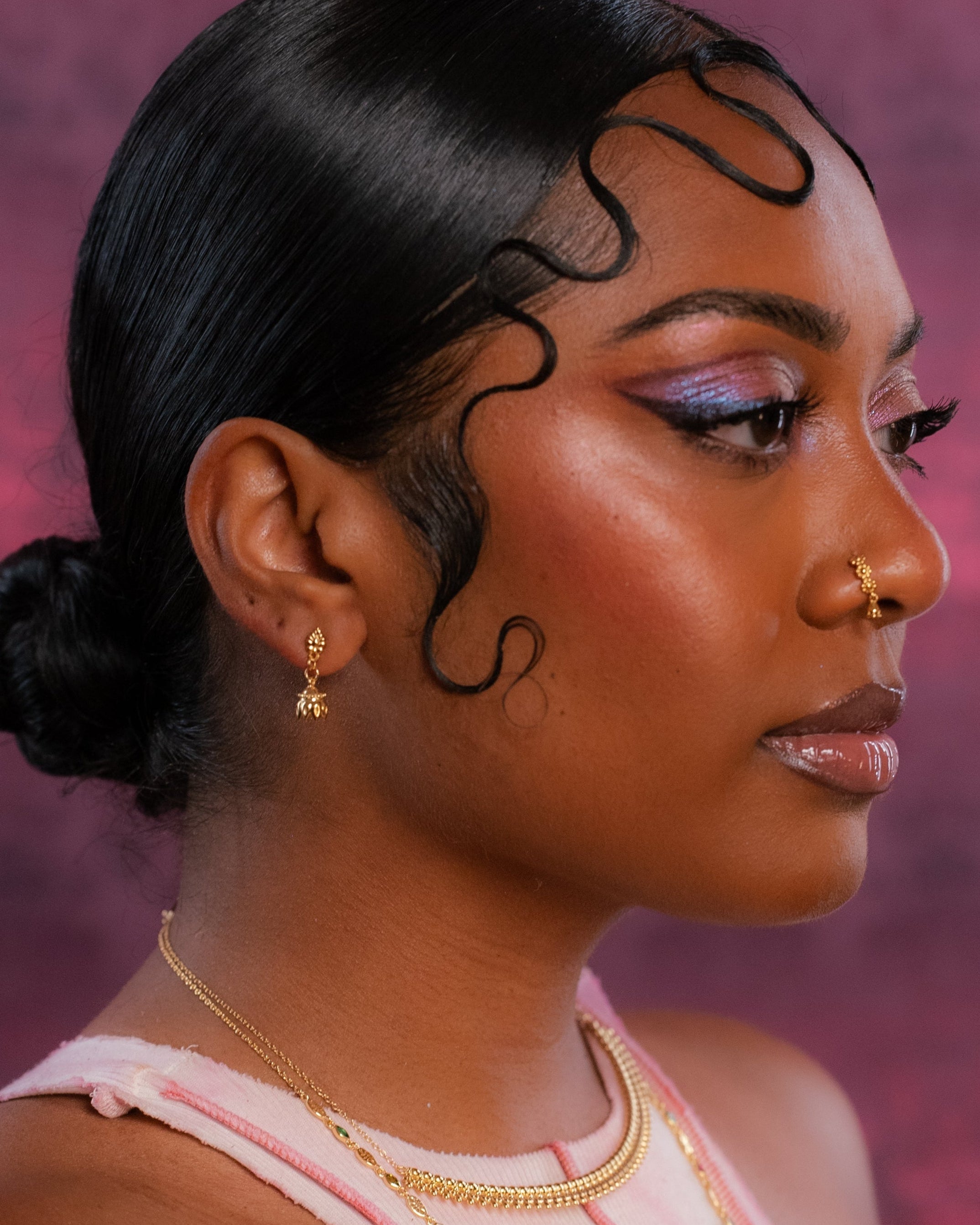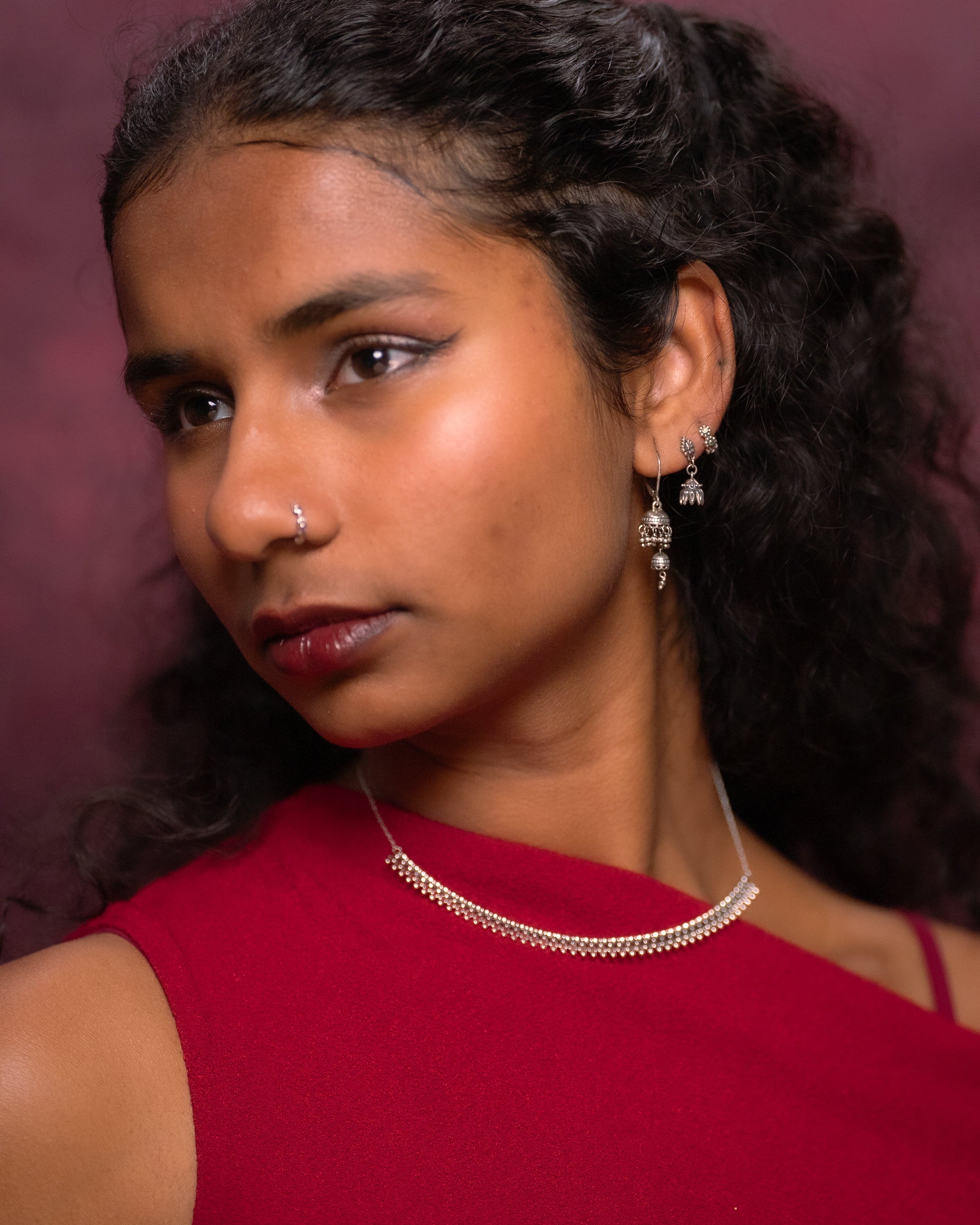South Asia has an opulent, abundant jewelry scene. Though jewelry is ubiquitous in the entire subcontinent, Jaipur, in the Indian state of Rajasthan, stands out as the epicenter of jewelry production despite not being near any natural gemstone mines.
Jaipur was founded in 1727 by Maharaja (King) Jai Singh II. Singh was known to be a patron of the arts, and he had a particular penchant for fine jewelry. As a result, Singh invited jewelers from all over the country to Jaipur to produce jewelry and showcase their exceptional craftsmanship. The influx of jewelers is credited with the refinement of jewelry techniques such as meenakari, a distinctive, specialized painting style on precious metals.
As Jaipur jewelers developed a reputation for excellence, demand grew. Industries adjacent to the jewelry industry, such as metal workers, moved to Jaipur to meet the explosive production needs. In particular, Jaipur became known for mastery of gemstone cutting and polishing, with Jaipur gems being hailed as top quality.
So renowned was the jewelry scene that Jacques Cartier traveled to Jaipur in 1911 to enter into business with the Maharaja at the time. He was enamored by what he found, and created an exhibit titled “Oriental Jewels and Objets d’Art Recently Collected in India” back in Europe. In fact, South Asian influence can be seen in many of Cartier’s extravagant jewelry pieces, such as the usage of colorful gemstones, which was not common in Europe at the time.
Jaipur, now known as the Pink City, maintains a reputation for luxurious jewelry. Long-standing gem markets can be found throughout the city, and jewelry is still exported worldwide. Though regional Rajputi jewelry had historically been the focus of jewelry production, Jaipur now offers a wide range of jewelry, covering countless styles.

